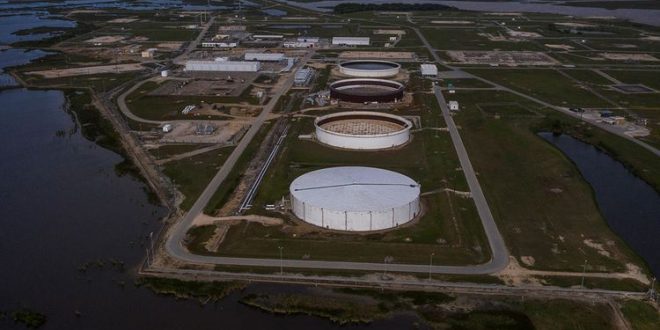Despite a crude oil inventory build in the latest EIA report, U.S. commercial petroleum stocks have declined in most of the weeks in the past year and a half, falling below seasonal averages for the past five years and even below the five-year average before the pandemic. The continuously declining U.S. petroleum stocks over the past year suggest that supply has not caught up with rebounding demand as U.S. exploration and production companies have not responded with a spike in new drilling activity to the rising crude oil prices.
Petroleum stocks at lower than seasonal norms have contributed to market tightness alongside the OPEC+ group’s inability to fully meet its rising monthly production quotas and rising global demand as economies look to return to normal.
Global oil demand has held resilient during the Omicron wave so far, prompting the International Energy Agency (IEA) to revise higher its 2022 demand growth estimate by 200,000 barrels per day (bpd) last week.
In the United States, the latest EIA data as of January 14 showed a small crude inventory build of 500,000 barrels and another large increase in gasoline stocks, which added 5.9 million barrels. This follows a combined build in gasoline inventories of over 18 million barrels for the previous two weeks.
Despite the increase, gasoline stocks in the U.S. are now in line with the five-year average 2015-2019, before the pandemic, according to estimates by Reuters market analyst John Kemp.
Compared to the latest five-year average, which includes the pandemic years, gasoline stocks are now about 2 percent below the five-year average for this time of year, EIA data showed.
The data also pointed to the fact that total commercial petroleum inventories in the United States decreased by 1.5 million barrels in the week ending January 14. U.S. crude oil inventories are about 8 percent below the five-year average for this time of year. Distillate fuel inventories are about 16 percent below the five-year average, and propane/propylene inventories stood at some 7 percent below the five-year average, according to the EIA. That’s including the pandemic years.
Compared to the 2015-2019 average, total U.S. commercial inventories are 4 percent below the pre-pandemic five-year seasonal average—the lowest level for this time of the year since 2015, Reuters’ Kemp has estimated.
In December 2021, for example, U.S. petroleum demand returned to 21.1 million bpd with more people driving places instead of flying, the American Petroleum Institute’s chief economist Dean Foreman said in API’s latest Monthly Statistical Report.
“By contrast, the production of U.S crude oil and natural gas liquids (NGLs) remained flat overall, with a minimal response by investment and drilling even as oil prices returned to more than $80 per barrel in January,” Foreman wrote.
“Lower domestic oil production has also required refiners to use oil that’s already been produced and consequently reduced U.S. crude oil inventories to below their five-year range,” he added.
At the end of December, crude oil inventories were below the five-year range and at their lowest for December since 2014, API’s report showed. Moreover, total inventories were at their lowest for December since 2017.
Lower-than-normal petroleum inventories have been putting an upside pressure on U.S. and international oil prices, which hit the highest since October 2014 last week.
The tighter market these days is reflected in the rising backwardation in the futures prices of both major benchmarks, WTI and Brent, with prompt prices higher and rising compared to those further out in time.
Robust demand, insufficient investment in new supply, low inventories, and declining global spare production capacity have prompted major Wall Street banks – including Goldman Sachs, JP Morgan, and Morgan Stanley – to forecast that oil prices could hit $100 per barrel as soon as this year.

 Iran Energy News Oil, Gas, Petrochemical and Energy Field Specialized Channel
Iran Energy News Oil, Gas, Petrochemical and Energy Field Specialized Channel



